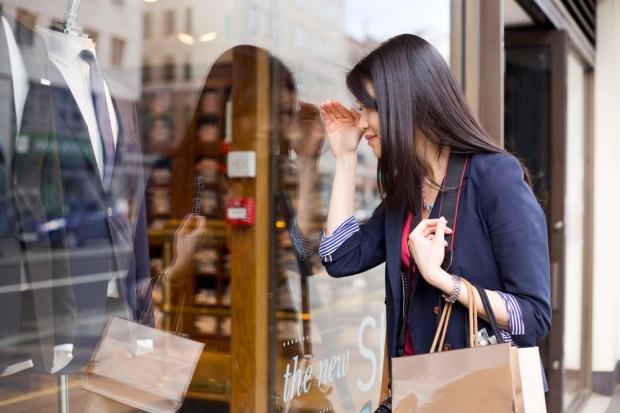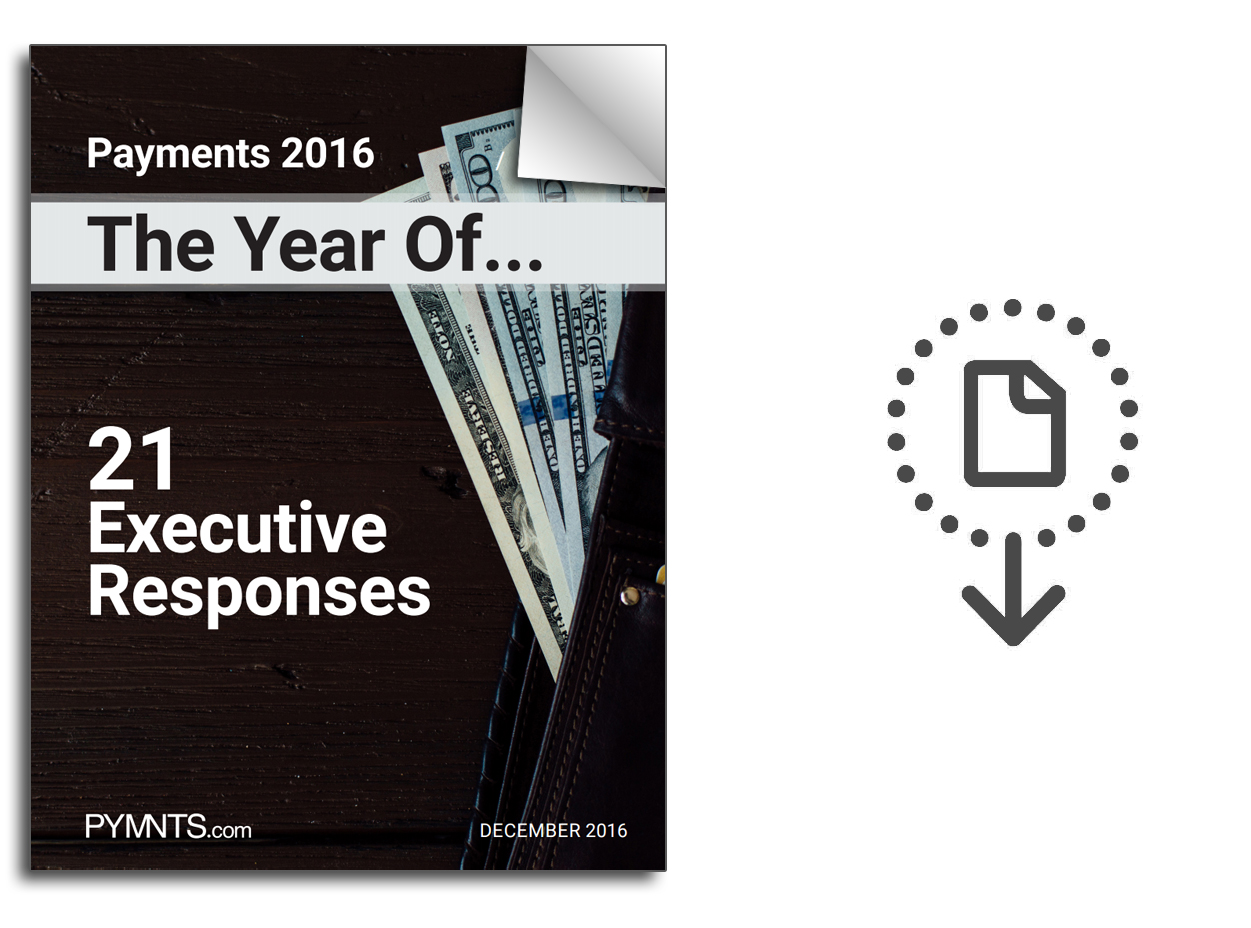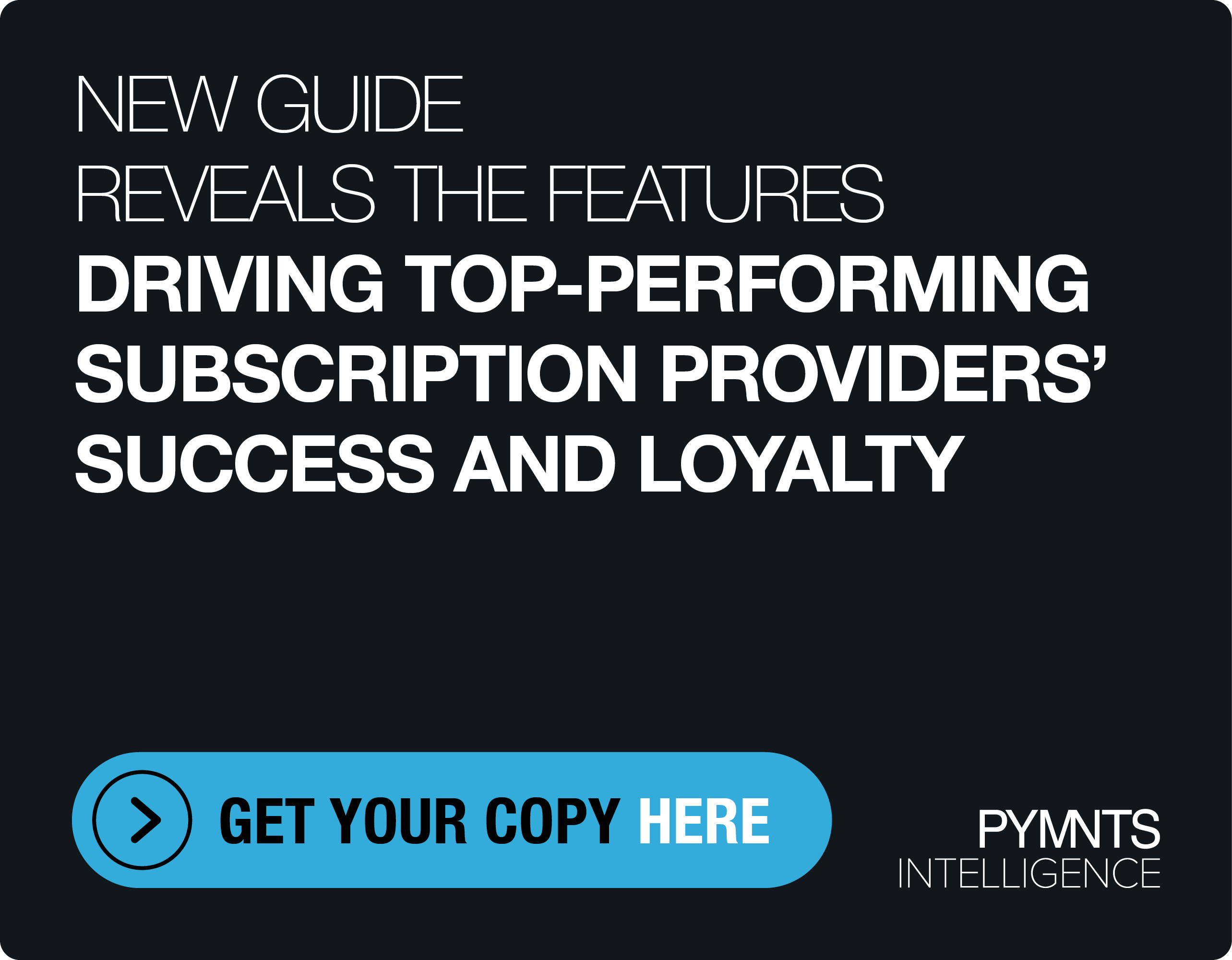Payments 2016: The Year Of An Incredible Shift In Retailer And Consumer Expectations

PYMNTS consulted 21 payments executives from across the industry to share their insights on the biggest takeaways from 2016 as part of the “Payments 2016, The Year Of…” eBook. We posed the same question to each executive:
If you had to answer the question, Payments was the year of …, how would you answer, and how does your answer change your world — and the world of payments, more broadly?
Here is the response from Sean Dennis, cofounder and Chief Happiness Officer of Loyyal…
Payments 2016: The Year Of An Incredible Shift In Retailer And Consumer Expectations
2016 was a year in payments that saw a lot of change as well as a number of shifts that are likely to impact the payments ecosystem in the years to come. If you had to answer the question, Payments was the year of … how would you answer, and how does your answer change your world — and the world of payments, more broadly?
2016 in payments was the year of an incredible shift in not only retailers’, but also consumers’ expectations and behavior regarding payments.
We as customers live in a world where we want easy, instant, customized, mobile and dynamic options to suit our personal situation. We spend increasingly more time on our cell phones, and as PYMNTS predicted at the beginning of this year, our desire to shop not only online, but on mobile has become very important. Mobile apps are now dominating how we shop, and with same-day delivery or in-store pickup being offered to suit our “I want it now” need, personalization and options when the consumer wants are of utmost importance. Payment integration in messaging apps allow further options to integrate in consumers’ lives in a frictionless manner.
Mobile payment apps have made good inroads into the market in 2016 with more acceptance in both developed and developing markets (we see areas of the developing world looking to leapfrog starting with the traditional payment options and jump into mobile payments directly). Cross platform in-app payment, where the consumer has the checkout device in their hand already, is still in its infancy in market proliferation, but already we have seen many large operators move to adopt and stay ahead of the competition to better serve their customers.
My company is in loyalty, or behavior incentivization. We leverage blockchain and smart contract technology to create a universal network for the industry. These are two topics I see as very important in developments throughout 2016.
If the web is the internet of information, then blockchain is the internet of value. The two go hand in hand from a payments perspective. While blockchain has been around for a few years prior to 2016, this was the year where the technology really became separated from bitcoin in the eyes of business and commerce. The near-frictionless transfer and storage capabilities of blockchain and the “commodization of trust” provide operators in payments with a blank canvas of possibilities in which to grow.
Blockchain is still very much in discovery stage for financial applications, so I predict we will not see mass roll except in a number of obvious cases. This gets me onto my main focus: loyalty. PYMNTS predicted at the start of this year that “loyalty will become payments’ killer app,” and we believe that major in-roads are being made.
Whilst the payments industry as a whole has experienced constant innovation, the loyalty aspect of the industry has gone through relatively little to none in the past 20 to 30 years. This is changing now. With the capabilities being offered through Loyyal’s blockchain and smart contracts, operators are able to drastically reduce operational cost of a program, create enormous efficiencies within their network and target their consumers in a far more effective way in order to increase revenues and brand loyalty.
What I take away from this year in payments, and what we see technology enabling the consumer to do, is the focus’ shift back to the convenience of the individual. The ability for a large company to customize and work with individuals wherever they may be is ever increasing, but at the same time, the consumer is becoming more aware of companies having their personal information and wanting to protect their privacy, so there is a fine line that needs to be established. As more of our lives and payments details are online, so, too, is the threat of cybercrime and the need for protection. Looking to the future companies will need to balance privacy and data-enabled optionality to match consumer values.
. . . . . . . . . . . . . .

